French Polishing
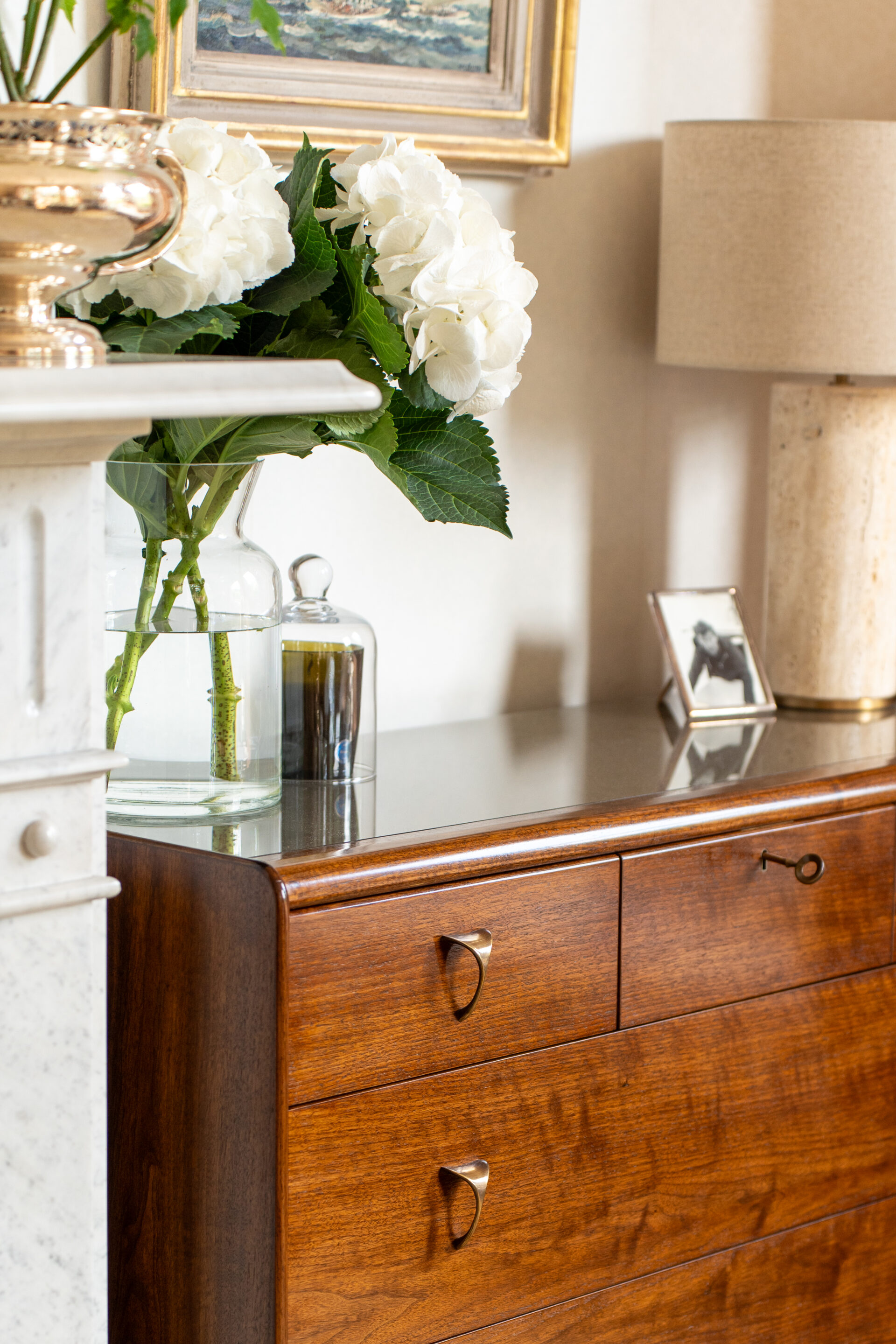
French Polish is a traditional wood finishing technique known for its highly polished and durable results. This time-honoured method involves applying thin layers of shellac to create a lustrous surface that brings out the natural beauty of wood.
The French polishing process consists of using a cloth pad dipped in a mixture of shellac and alcohol, which is then applied in a circular motion. After each layer dries, it is lightly sanded, followed by the application of another layer. This repetition continues until the desired gloss and smoothness are achieved.
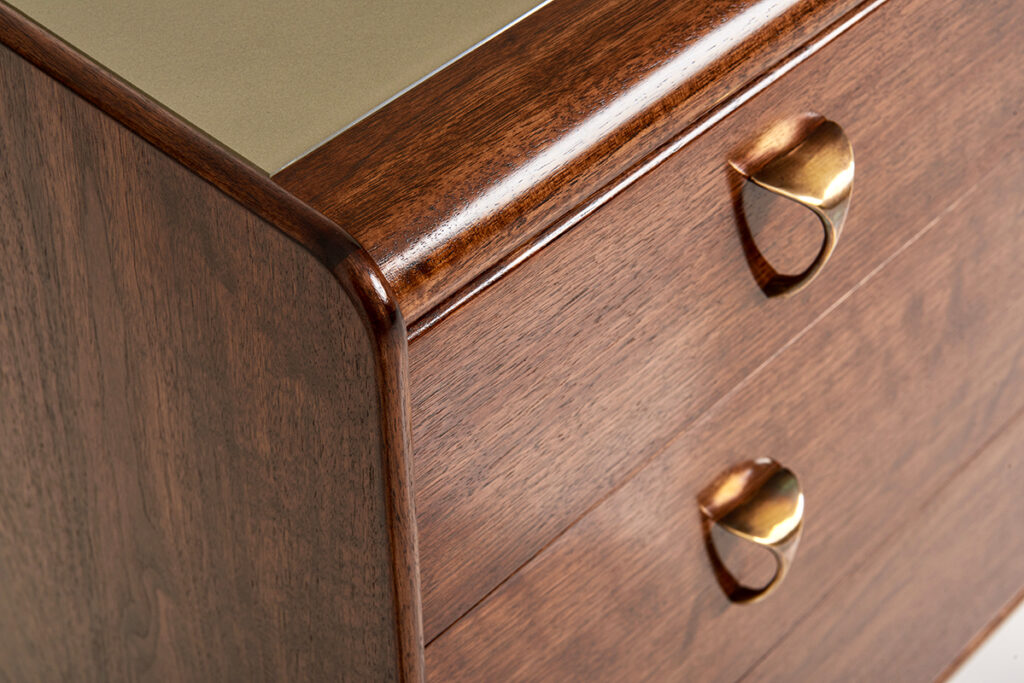
Origins
This technique originated in 18th century France and quickly spread across Europe and the world. Initially used for fine furniture and decorative objects made from exotic and rare woods, French polishing became synonymous with the use of shellac—a natural resin obtained from the secretions of the lac beetle – we’ll uncover more about this process later on.
In the 19th century, particularly during the Victorian era, French polishing gained immense popularity for ornate and highly decorated furniture, with the technique likely evolving from earlier wood finishing methods, including waxing and oiling. While newer materials and finishes have since emerged, French polishing remains a preferred method for those who value the traditional and natural look of wood.
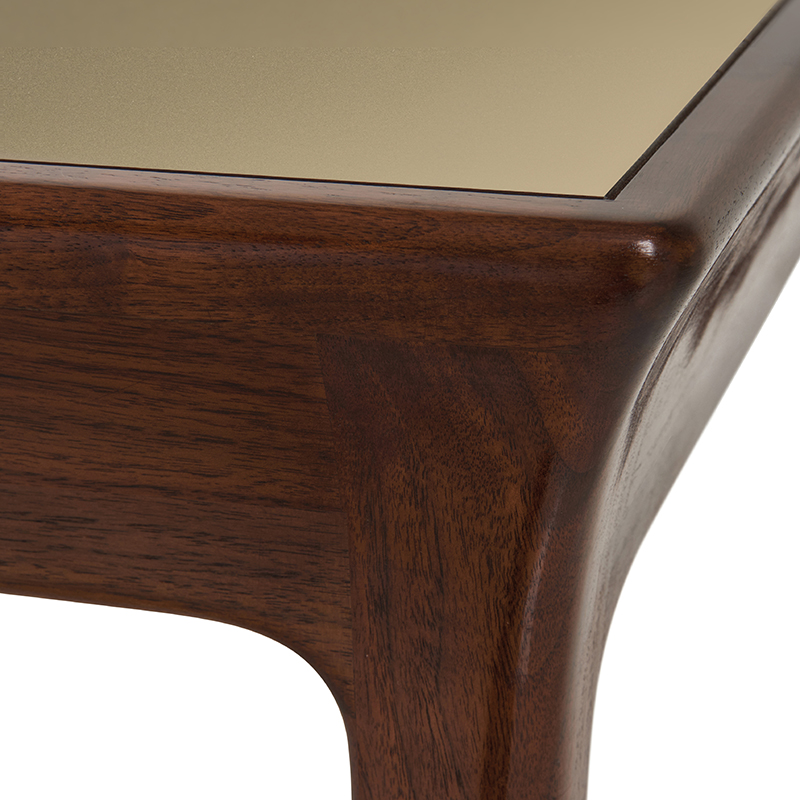
Tools
The pad used in French polishing, often referred to as a “polishing rubber” or “polishing pad,” is typically made from wadding material, such as cotton or wool, wrapped in a lint-free cloth. The pad is crucial in achieving even distribution of shellac and the smooth, glossy finish associated with French polished surfaces.
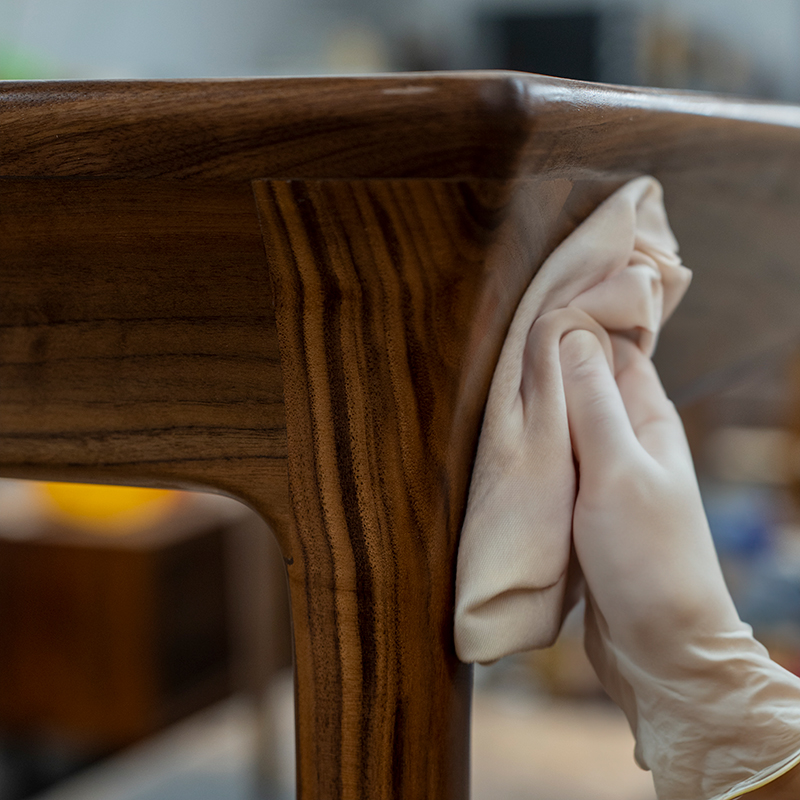
Shellac
Shellac is a natural resin obtained from the secretions of the female lac beetle. Native to India and Southeast Asia, the resin is collected by scraping it from the trees where the lac beetles live. After cleaning and melting, the raw resin is formed into thin sheets or flakes, which are then dissolved in alcohol to create a solution suitable for wood finishing. Shellac’s unique property is its repairability and re-coating capability, making it ideal for applications that require touch-ups over time. Furthermore, Shellac is considered eco-friendly because it is biodegradable and non-toxic. To ensure sustainability, it’s essential to source shellac responsibly, from sustainable suppliers who harvest and process the lac resin in an environmentally responsible manner.
Sheen
The sheen of a French polish finish can be adjusted by modifying the technique and materials used. A higher sheen can be achieved by using finer abrasives between coats to create a smoother surface and enhance light reflection. Using higher-quality, more transparent shellac will also increase the finish’s shine. Conversely, a lower sheen can be achieved by using coarser abrasives, applying thinner coats of shellac, or opting for lower-quality, more opaque shellac. Another technique to reduce sheen is to rub the surface with a fine abrasive pad after the final coat cures, creating a satin or matte finish.
Stains
Stains can be incorporated in French polishing to add colour to the wood before applying the shellac. Two common types of stains used in this context are aniline dyes and pigments. Aniline dyes are synthetic dyes that can be dissolved in various solvents, such as denatured alcohol, water, or oil-based solvents. They produce vibrant and transparent colours, allowing for the creation of custom shades. Pigments, on the other hand, are finely ground particles of natural or synthetic colorants, which can be mixed with solvents or other mediums like wax or shellac to create stains. Pigment stains tend to be more opaque, ideal for covering imperfections or achieving solid colours.
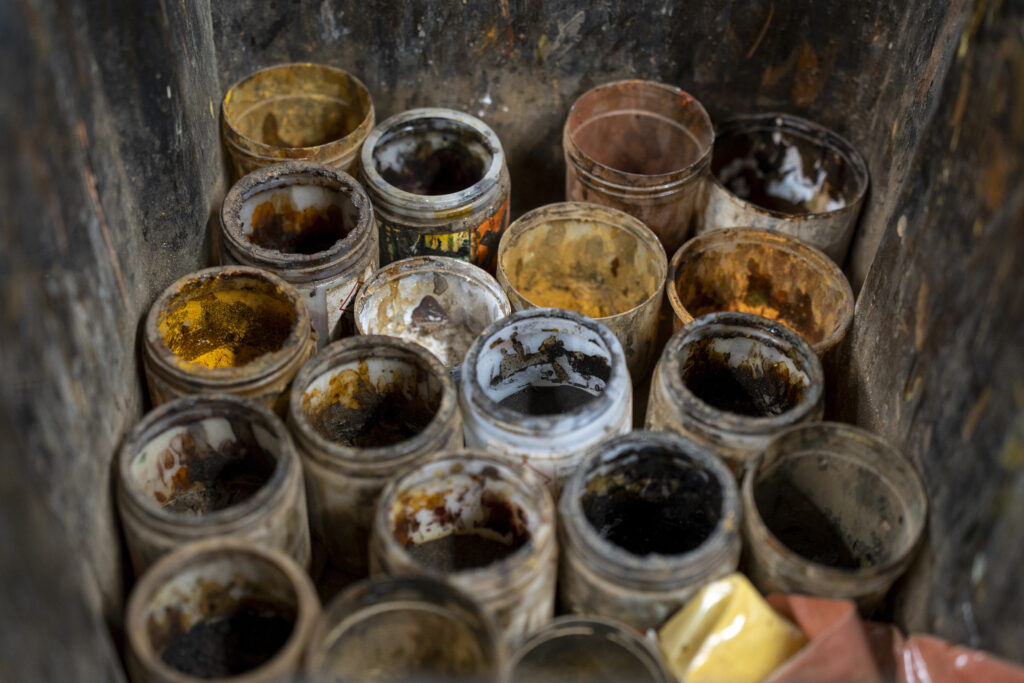
Morris Bespoke In-House Finishes
All Morris Bespoke furniture pieces are available in a French polish finish. Please see our individual Collection pages for example images and get in touch for all finish samples or further details.